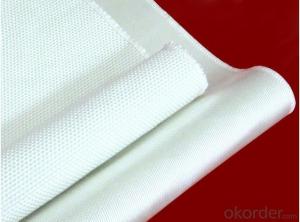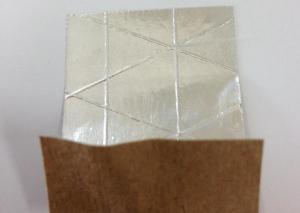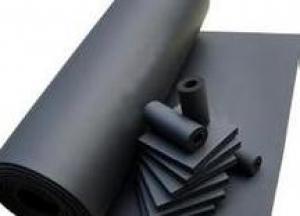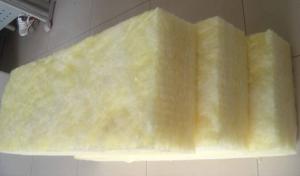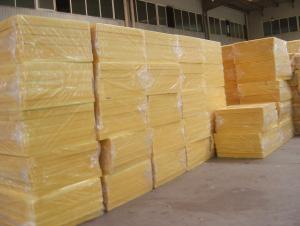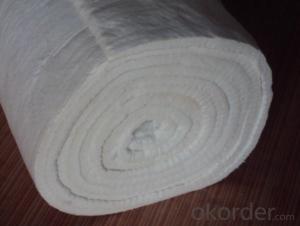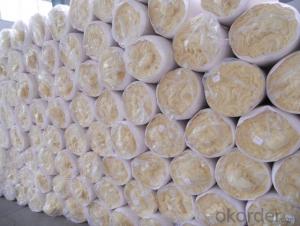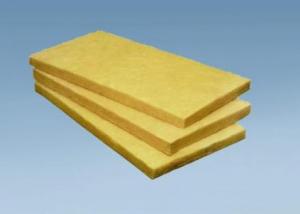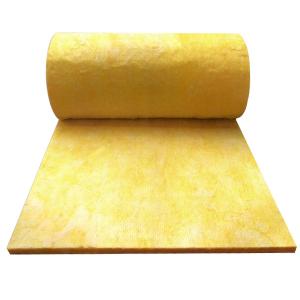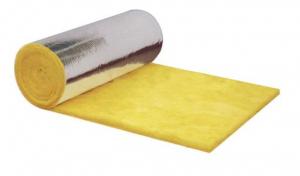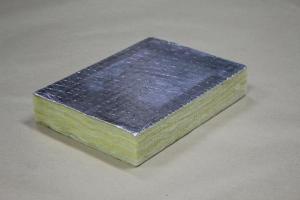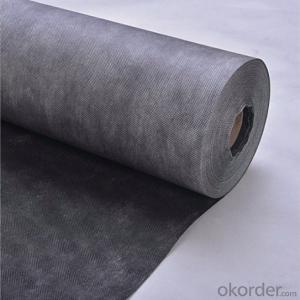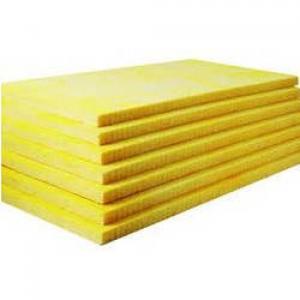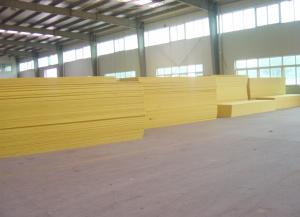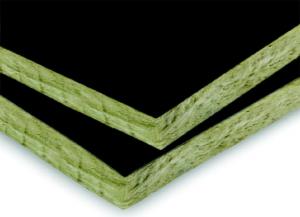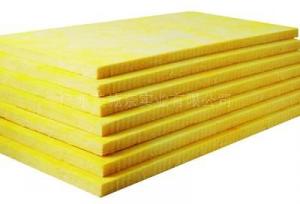Glass fiber Woven Roving for Automoblie Fireplace Refractory
- Loading Port:
- China main port
- Payment Terms:
- TT OR LC
- Min Order Qty:
- 1 m.t
- Supply Capability:
- 500 m.t/month
OKorder Service Pledge
OKorder Financial Service
You Might Also Like
Quick Details
| Place of Origin: | China (Mainland) | Brand Name: | glass fiber cloth | Model Number: | Glass fiber Woven Roving |
| Application: | Wall/Roof covering Cloth | Weight: | 430g-2500g/sqm | Surface Treatment: | Silicon Coated |
| Width: | 30mm-20000mm, 30mm-20000mm | Weave Type: | Plain Woven | Yarn Type: | E-Glass |
| Alkali Content: | Alkali Free | Standing Temperature: | 550 | Color: | white |
| woven style: | plain woven | Glass type: | E-Glass | temperature: | 550 |
| Surface treatment: | silicon coated | Length: | 100-200m | fiberglass Woven Fabric *: | fiberglass Woven Fabric * |
| Brand: | glass fiber cloth | unit mass: | 400g/600/800g |
Packaging & Delivery
| Packaging Details: | container |
| Delivery Detail: | 10days upon the buyers' payment |
Specifications
Glass fiber Woven Roving for automoblie parts
1.wide applications
2.High quality with best price
3.width can be demand
Products Features and Advantages
1.Well-distributed, even tensile strength, good vertical performance.
2.Fast impregnation, good moulding property, easily removing air bubbles.
3.High mechanical strength, less strength loss in wet condition.

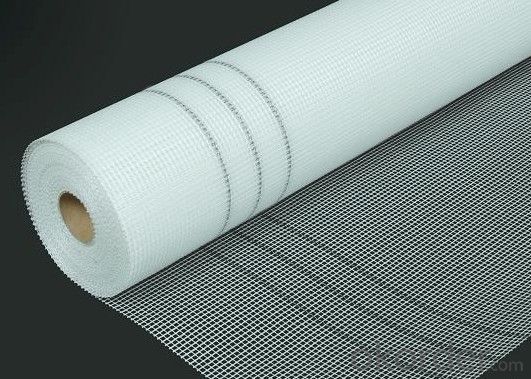

- Q:How is the prospects for rock wool board and glass wool board?
- They are very good, but they also cause great pollution. Such problems as how to dispose of abandoned materials and excessive materials and how to recycle these materials are very difficult to deal with.
- Q:Which is the more commonly used thermal insulation material between thermal insulation glass?silk wool and rock wool?
- Glass wool: Glass wool has no shots, having less dust and little irritation to skin and respiratory system as well as light weight, able to be processed to products with long length based on design requirements. It entails less waste, easy to construction. It uses amorphous cellulose which is soft and lathy with no shots, able to serve for more than 20 years. So, in terms of price per ton, rock wool is cheaper than glass wool. But in terms of price per square meter, the prices of glass wool and rock wool are basically flat. If various factors like effect, construciton, service life, safety and bearing structure are took into account comprehensively, glass wool then is more economical. Rock wool: It contains a high content of shots and much dust. It is high irritable to skin and respiratory system, keeping heavy weight, so it cannot be processed for a long time. It entails much waste, difficult to construction. It uses crystalline fiber, which has a high content of shots, is shoyt and unstable. If used for a certain time, its shots and short?fiber will sink, making it unable to maintain a uniform shape, which will seriously affect the insulation effect and needs to be replaced consequently. And the replacement cycle is shorter than 10 years.
- Q:Are there any differences between glass wool and rock wool in terms of appearance, I can't distinguish them, why?
- They are completely different products, and put it in a simple way, glass wool is made of glass, rock wool is made of stone,
- Q:Does anyone know about the specifications of formaldehyde-free glass?wool?boards?
- Different suppliers have different specifications, such as Langfang Juheng Insulation Materials Co., Ltd, their specifications are: unit weight(kg / M) 10-48, thickness (mm) 25-200, length (m) 8-30, Width (mm) 600,1100,1150,1200, etc, and their also provide custom service now.
- Q:Why does glass wool turn black when exposed to heat? Wether it will ffect the thermal insulation effect.
- This is dut to the charring of glass wool before dealing with thermal insulation. When the temperature exceeds the maximum operating temperature of glass wool, it will char. This will have some impact on the insulation effect, so it is better to know the highest temperature of the thermal insulation material before using.
- Q:What are the specific differences between glass wool board and glass fiber board?
- Continuous fiber and staple fiber, glass wool board is equivalent to the glass fiber board, and the fiber used to make cotton is staple fiber. Thus. The fiber used to weave cloth is continuous fiber. There are two kinds from the use of glass fiber, the full name of glass wool is fiber glass wool.
- Q:Are there any hazards during the glass wool construction?
- Gloves and protective clothing must be put on during the construction, it will be itchy when it touches skin and it will be dangerous when it gets into lungs.
- Q:What are the differences between glass asbestos and glass?reinforced?plastics?
- Asbestos is the general term of natural fibrous silicious minerals, which is a silicate mineral fiber fireproof?panels of construction materials. It is the only natural mineral?fiber with good tensile strength, thermal insulation and corrosion resistance performance, thus it has a wide application. There are many kinds of asbestos, the three most common ones are chrysotile asbestos(white asbestos), amosite asbestos(brown asbestos) and crocidolite asbestos (blue asbestos), and the chrysotile asbestos is the most abundant, and commonly-used one. Glass fiber is an excellent inorganic nonmetallic material. The original name in English: glass fiber. Glass balls or discarded glass are raw materials of it. And it is rocessed by techniques of high temperature melting, wire drawing, winding, and weaving. Finally, it becomes various products. The diameter of glass fiber's monofilament is from a few microns to twenty microns which equals to the 1 / 20 to 1 / 5 of human hair. Each bundle of fiber precursors is composed of hundreds of or even thousands of monofilaments. Usually, it is used as reinforced materials,electric insulation materials, thermal insulations and circuit boards in complex materials, and is widely used in various fields of national economy. Glass fibers are twistless roving and textile gauze with different specifications and uses which are twisted. There are two kinds, namely alkali-free (R2O<0.8%, Code E) and alkali (R2O12.0±0.47%, Code C). They are mainly used as reinforcing materials for hand lay-up, lamination, winding and spraying formation of glass?reinforced?plastics, as well as are contributors to the production of electronic insulation, composite, and fireproofing glass?fiber products.
- Q:Is hyperfine glass fiber cotton different from the centrifugal glass wool?
- They are basically the same.
- Q:Are fireproof glass wool and centrifugal glass wool the same?
- Bububububububububuubububububb
1. Manufacturer Overview |
|
|---|---|
| Location | |
| Year Established | |
| Annual Output Value | |
| Main Markets | |
| Company Certifications | |
2. Manufacturer Certificates |
|
|---|---|
| a) Certification Name | |
| Range | |
| Reference | |
| Validity Period | |
3. Manufacturer Capability |
|
|---|---|
| a)Trade Capacity | |
| Nearest Port | |
| Export Percentage | |
| No.of Employees in Trade Department | |
| Language Spoken: | |
| b)Factory Information | |
| Factory Size: | |
| No. of Production Lines | |
| Contract Manufacturing | |
| Product Price Range | |
Send your message to us
Glass fiber Woven Roving for Automoblie Fireplace Refractory
- Loading Port:
- China main port
- Payment Terms:
- TT OR LC
- Min Order Qty:
- 1 m.t
- Supply Capability:
- 500 m.t/month
OKorder Service Pledge
OKorder Financial Service
Similar products
New products
Hot products
Hot Searches
Related keywords


